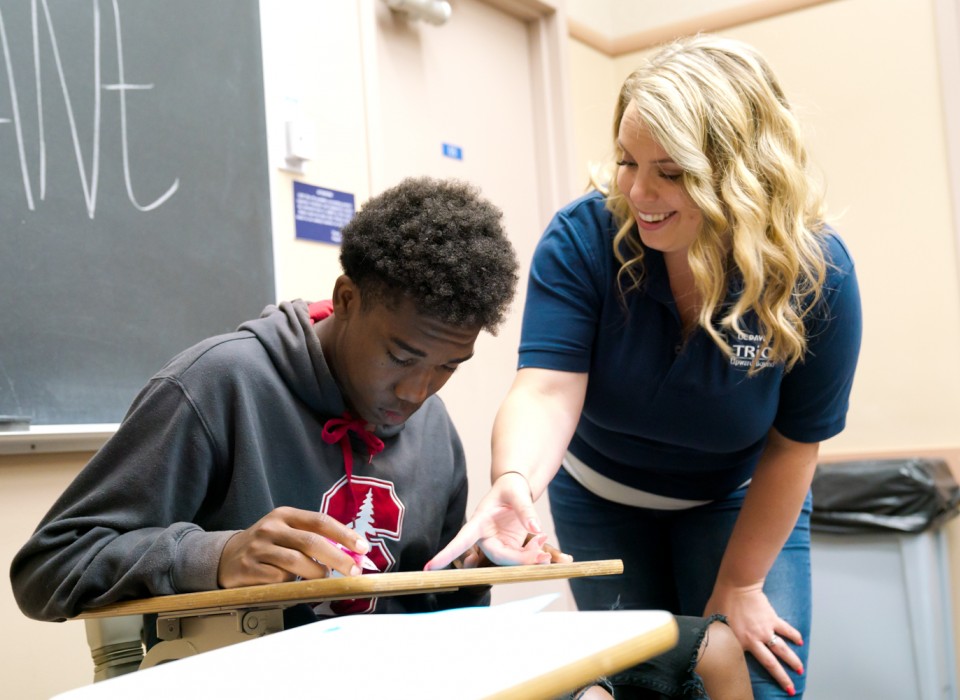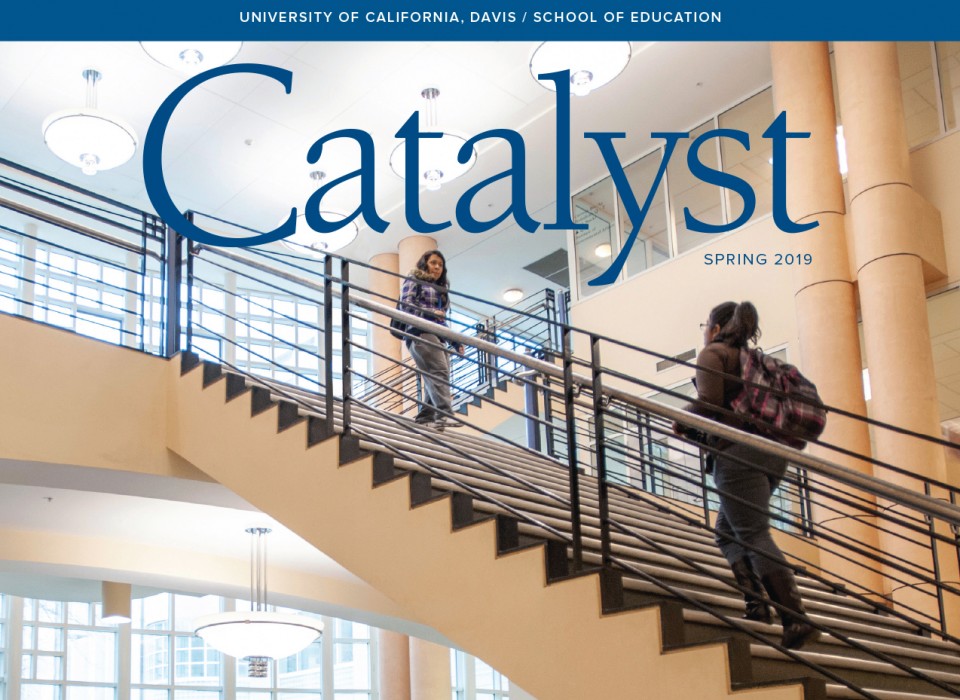Assessing the Root Causes of Absenteeism
 Chronic absenteeism—missing more than 10% of school
days—can have major impacts on a child’s learning, social skills,
and self-confidence. While the education system is working to
address these challenges, the reality is that an alarmingly high
number of K-12 students are not coming to class. In fact,
29.7%—14.7 million students—were chronically absent during
the 2021-22 school year, representing nearly one-third of all
students.
Chronic absenteeism—missing more than 10% of school
days—can have major impacts on a child’s learning, social skills,
and self-confidence. While the education system is working to
address these challenges, the reality is that an alarmingly high
number of K-12 students are not coming to class. In fact,
29.7%—14.7 million students—were chronically absent during
the 2021-22 school year, representing nearly one-third of all
students.
A team of researchers including Prof. Kevin Gee have identified nine systemic barriers that impair a student’s ability to attend class:
- Housing instability
- Food insecurity
- Wellness/health
- Family logistics
- Income instability
- Transportation
- Neighborhood/networks
- Crises
- Disengagement
This team’s findings highlight that absenteeism is influenced by many factors. “Students and their families are affected by a variety of everyday challenges, from food insecurity and lack of transportation to complex work schedules and problems accessing high-quality child care,” said Gee. “By trying to better understand what’s happening outside the classroom, institutions can improve how they serve children and ensure they attend school more consistently.”
Gee and his co-authors emphasize that solving chronic absences will require coordination among schools, government agencies, and the local community. Efforts can include:
Tracking Changes to Families’ Living
Arrangements
Housing instability can disrupt students’ routines and lead to
absenteeism, especially if a child is unhoused. School districts
can address this barrier by coordinating with housing authorities
to link data systems between schools, shelters, and eviction
courts, allowing them to proactively support families with
enrollment and attendance and assist them in locating stable
housing.
Offering Breakfast at School
Food insecurity can impact a children’s learning and lead them to
miss more days of school. This is particularly prevalent among
more vulnerable student populations, including children with
disabilities. Schools, policymakers, and children’s health
organizations can address this barrier by offering stable food
sources on campus to all families—especially breakfast.
Aligning Class Times With Work Schedules
Attending school is a family-wide effort. Class times, work
schedules, and additional child care coverage can affect when and
how often a student attends class. Schools can ease this
logistical burden by aligning start and end times with common
parental work schedules. They can also provide before- and
after-school care to create buffers around school drop-off and
pickup.
Increasing Transportation Options
Students need a reliable way to get to school in the morning and
home in the afternoon, especially if their family members are
unable to take them. Schools and transit authorities can increase
their data collection to better understand how many students rely
on public transportation options, and work with the local
community and parent groups to diversify how children travel to
and from class.
Strengthening Community Connections
Children living in neighborhoods with economic and racial
segregation tend to have lower attendance. City and county
housing authorities can address this barrier by investing in
mixed-income neighborhoods. They can also create more
opportunities for neighbors to build social connections, so that
families have support with their children—especially when it
comes to getting them to and from school.
These recommendations are drawn from the issue brief “Before the Bell: Obstacles Preventing Children from Attending School,” written by Profs. Arya Ansari (Ohio State University), Joshua Childs (University of Texas at Austin), Kevin Gee (University of California, Davis), Michael Gottfried (University of Pennsylvania), Ethan Hutt (University of North Carolina Chapel Hill), and Sarah Lenhoff (Wayne State University). This brief was published in support of the White House and U.S. Department of Education under the Biden administration. Learn more about Kevin Gee’s work on absenteeism.








